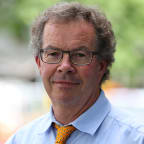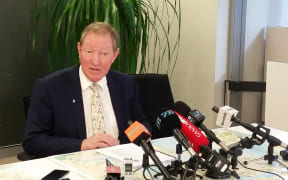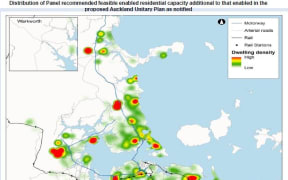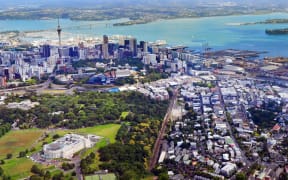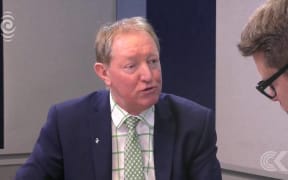Analysis - The pumped-up Unitary Plan for Auckland has dumped a saucepan of political hot potatoes into the hands of the city's councillors.
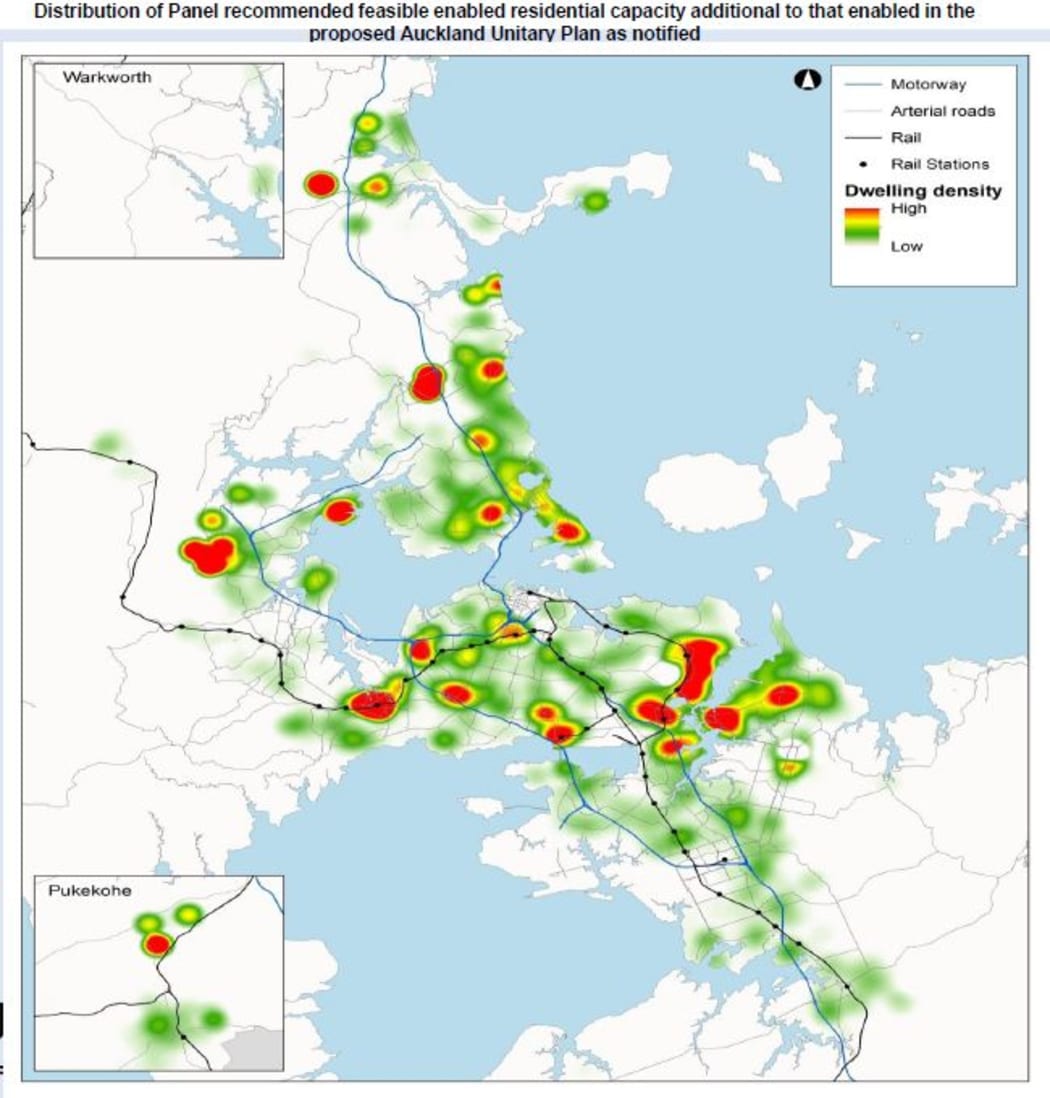
Auckland housing density recommendations revealed yesterday. Photo: Supplied
The recommendations from the Independent Hearings Panel revealed a plan for more widespread, higher-density housing than previously proposed, just as councillors were preparing to hit the election campaign trail.
Legislation requires the council to settle the plan by 19 August and while there's an ability to seek a ministerial extension of time the Minister for Building and Housing Nick Smith is not keen.
Dr Smith kept his comments on the plan brief and vague, but its blend of pumped-up capacity and reduced regulation appears to have delivered all that the government could have wished for.
But Auckland councillors, in a series of meetings starting on 10 August, have to navigate their way through a decision-making process that seems to give them limited options, and which may enrage some of those who may vote for them.
The potential transformation of traditional neighbourhoods motivated many residents in wealthier central suburbs to vent their anger at public meetings.
One such meeting in February, in Kohimarama, led to a revolt by a majority of councillors who tried to unwind a further density boost being proposed by council staff.
A comparison of zoning maps before and after the plan for those eastern suburbs showed the higher density was back, bigger than before.
The panel left very few remaining pockets of the 'single house' zone, while long strips of the two-storeyed Mixed Housing Suburban zone were bumped up to three-storeyed Mixed Housing Urban.
The so-called leafy suburbs such as Westmere, Grey Lynn and Epsom lost the proposed partial protection for neighbourhoods of pre-1944 homes.
The panel also decided to remove a list of Treaty of Waitangi principles as well as protection for sites considered to have cultural significance to Māori.
It considered there was insufficient evidence to retain the identified sites, and requirement to consult with iwi around developments occurring near them.
These measures also came at a politically difficult time.
"It doesn't appear to have any system in place to make sure those sites are protected, and that is a glaring omission," Green Party co-leader Metiria Turei said.
Councillors Mike Lee, Dick Quax and Cameron Brewer are mounting an attempt today to move the scheduled debate of the plan recommendations away from a committee which includes two members of the Independent Māori Statutory Board.
They began pushing last week for the meetings to be conducted by the council's governing body group instead.
All councillors sit on both groupings, the only difference would be to exclude the Māori board members - who consider the plan debate to be at the core of their role.
The board did not comment publicly on the move, but were it to succeed, legal action would be a possibility.
The grounds on which the council can make changes, and the parameters within which they can propose alternatives are narrow, and limited by the time available.
But those councillors with change-averse constituents may use the debates to secure some political high ground for themselves.
The Unitary Plan is the biggest directional shift yet for a city that may have to house an extra million residents by 2040, and the version delivered by the panel yesterday may well be the final one - political hot potato or not.
